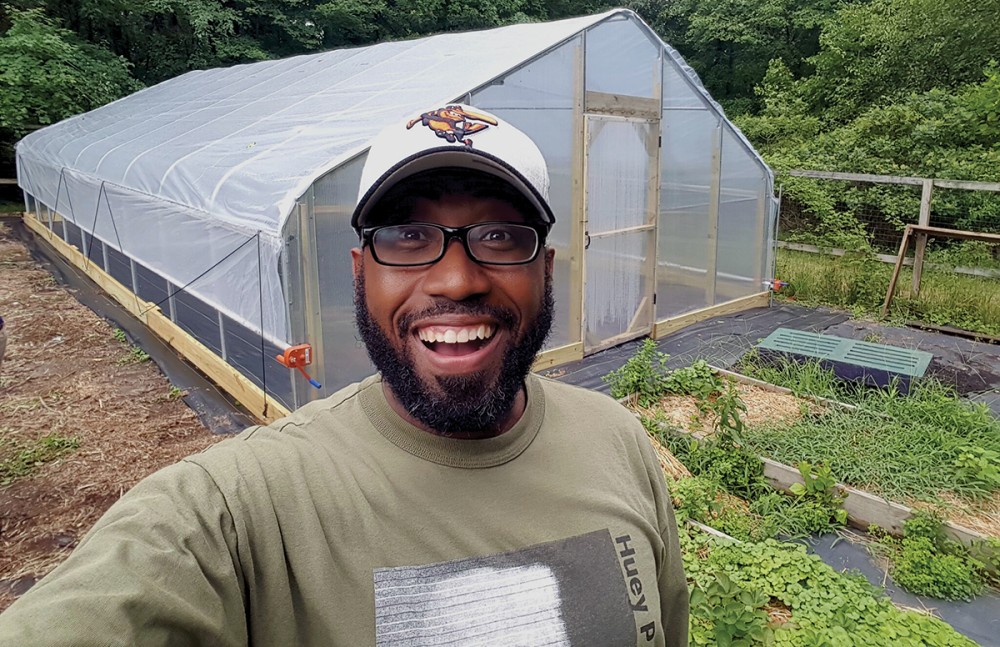The Black Church Food Security Network aims to heal the land and heal the soul
“Food charity is a sweet siren song. It is not a sustainable track toward the Beloved Community.”

Heber Brown III, pastor of Pleasant Hope Baptist Church in Baltimore, Maryland, is the founder of the Black Church Food Security Network, through which Black churches and Black farmers are seeking to create a food system that builds on the strengths of the Black community to improve the health and well-being of African Americans.
You began with a church garden. What inspired you to start a garden at Pleasant Hope?
It came out of my work in congregational care. As I was visiting church members in the hospital, I started to recognize a pattern in the nature of my congregants’ hospitalizations: there was often a diet-related issue at the core of why they were struggling.




